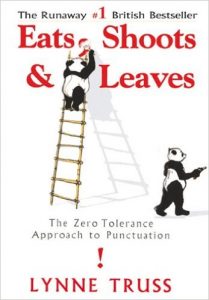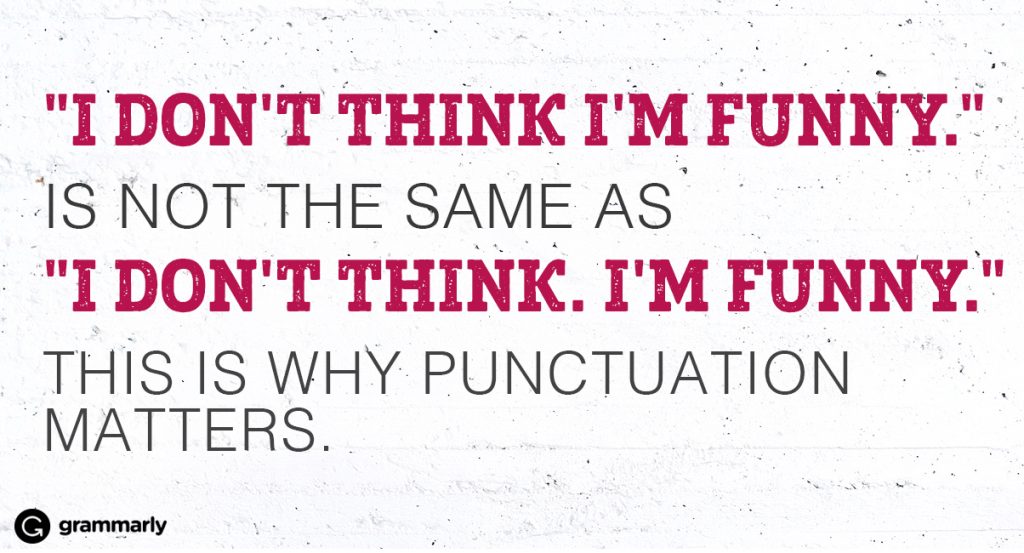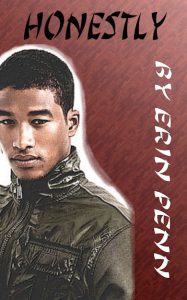
Image courtesy of cooldesign at FreeDigitalPhotos.net
Following DragonCon this year, my publishing house, Falstaff, moved me from line editor to content editor. Not more challenging or less challenging, just different. Now I can make the content corrections I’ve been wanting to. Now I need to really watch out about stepping on a writer’s voice.
One of the things I can address in the content editing state is “Deus ex machina” or “God in the Machine”. Ever been reading a book when something happens having no connection with the story, but saves everything – like the eagles in Tolkin’s Lord of the Ring trilogy or when the hand of God literally appears in King’s The Stand, setting off the nuclear warhead? A writer can push and push and push the limit until they have no idea how to get back. Until they just fix things the way they want them outside the narrative.
Readers read to see how things can be solved, not how the writer can ignore the entire worldbuilding process. As a content editor, I may be able to save a book from god-in-the-machine.
One book I ran into clearly had the writer wanting to hit certain scenes and no logical connection between them. The heroine gets motion sick when spun around by the hero, but then goes on a carousal ride. Another motion sick attack has her in the hero’s trailer to recover and then on the back of his motorcycle to ride home after a single drink of water for recovery. At home, she immediately gets drunk. Because I know I want to get drunk after being motion sick, the two feelings are not related at all (sarcasm font implied).
And the worst offender of the writer just putting things in with no real attachment to the narrative, or a toe dipped in the reality pool: The hero comes across her drunk, and she immediately passes out. After carrying her back to her bedroom, she wakes up hangover free and totally sober so the hero isn’t taking advantage of her when they kiss.
Characters exist in the world. They need to be believable within the world. Reaction follows action. Consistency of character, action, and objects are required. Fixing things by just inserting what the plot point requires without integrating the things into the plot story arch is wrong.




